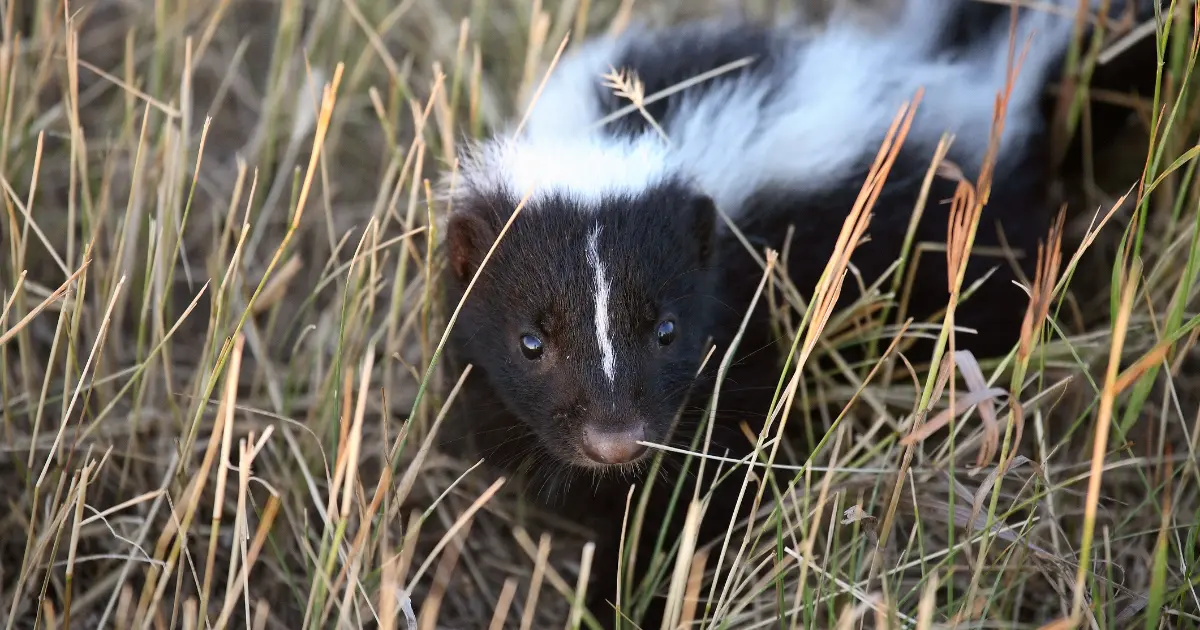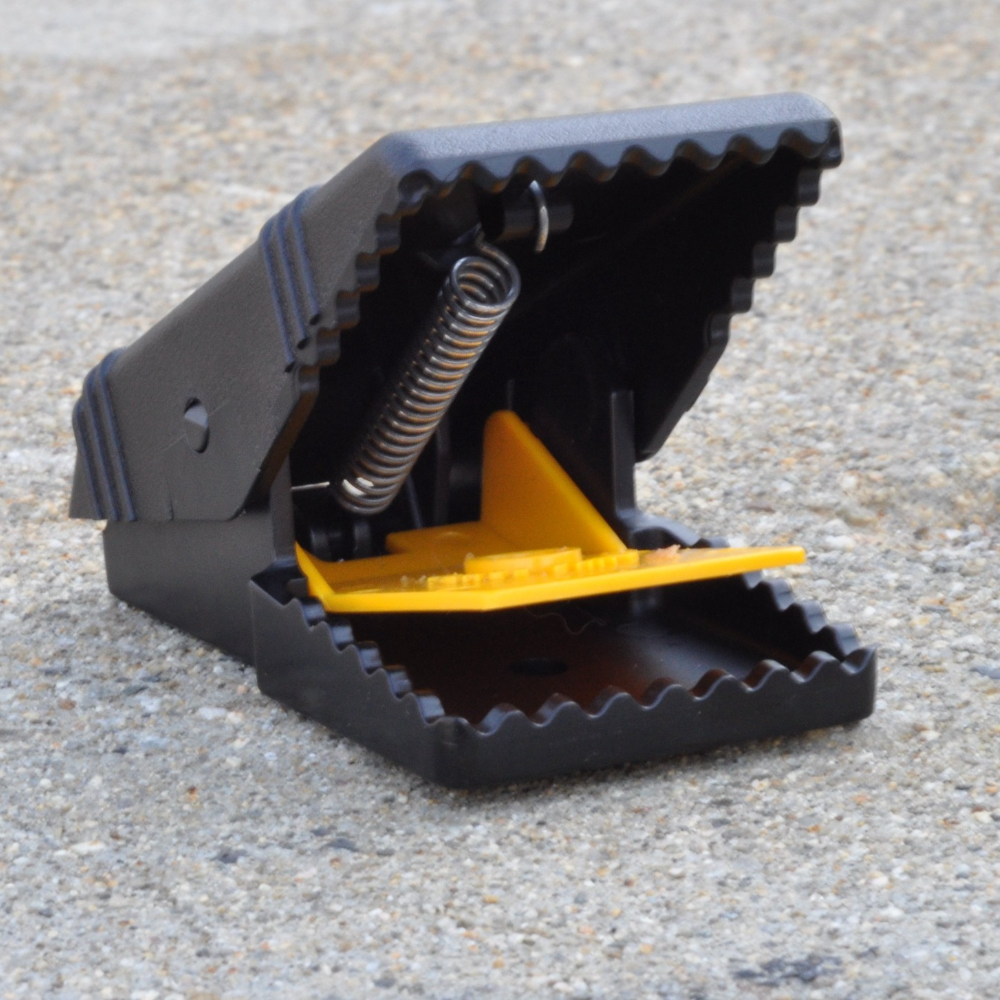
Photo by bobloblaw / Getty Images
Residents frustrated by local wildlife, such as rodents, may seek solutions in local retail outlets and see a few choices. Among them are traps which use glue or a larger, toothed-plastic snap trap. Packing and marketing materials related to these traps often fail to explore the dangers and harm they cause.
Here are the basics of why glue traps and toothed snap traps are poor choices, and four alternative solutions:
Glue Traps

A plastic board or cylinder, covered with an extremely sticky, glue substance. These are placed on the ground or hung from a cord with the intent of catching rodents or sometimes insects. Unfortunately, glue traps catch anything that touches them. The are horrific accounts of mice or rats ripping limbs off during their escape. Snakes, birds, bats, or other non-target animals can require hours of hands-on care from numerous wildlife rehabilitators after exposure, and the likelihood of a slow, painful death from suffocation or starvation are common when these devices are used. Traps are sometimes baited with scent. They are sometimes placed outdoors, meaning they are a risk to any animal who comes across them – including pets.
Toothed Snap Traps

Photo by James Lee / Flickr / CC BY 2.0
Typically made of plastic, toothed snap traps have proven to be a danger to many species. Critter Care Wildlife Society has reported numerous skunks, raccoons, and other animals whose appendages were caught by these devices. Due to the heavy plastic teeth, larger animals are unable to escape the traps, leading to long-term injuries, infections, and amputations. Like glue traps, these devices are sometimes set outdoors where any animal can trigger the snap action. As the traps are not anchored in place, animals are able to leave the immediate area and may die from starvation, exposure, or their injuries.
Alternatives Exist
Getting wildlife out of a home is always a priority, but by understanding what it is the animals are seeking, you can both prevent them from getting in, and humanely remove them. Here are a few suggestions:
1 Look for entry ways and take steps to block them. From laundry vents without flaps or an exterior cage, to chimney caps to loose eavestroughs, there are many ways animals can find their way into our homes, particularly during seasonal changes. Take a walk around your home a few times a year and identify entry ways and take steps to remediate them. Contact a local hardware store or humane wildlife removal company for assistance, and make sure you don’t create unsafe airway blockages.
2 Identify food sources and attractants. Just like our companion animals, many species in the wild are looking for easy snacks. By removing the easiest food sources and other attractants, we can reduce the desire for animals (including rodents) to seek refuge in our homes.
3 Catch and Release. Tilting traps can effectively catch many rodents humanely, and allow for them to be released outdoors. Any kind of trap can be dangerous to animals, so be sure to check it regularly and clean it well after every use.
4 Contact a humane wildlife removal business. There are experts, like those who are listed in the BC SPCA’s AnimalKind program, who will help get wildlife out, ensure they can’t get back in, and still make welfare of the animals a priority. Ask for references and follow up, or look for referrals from your local wildlife rehabilitator.
Please consider sharing this information across your social media network. Companies and distributors have shown little interest in reducing or removal of these products from shelves, so the best way to prevent their use and the harm they cause is through humane education.
